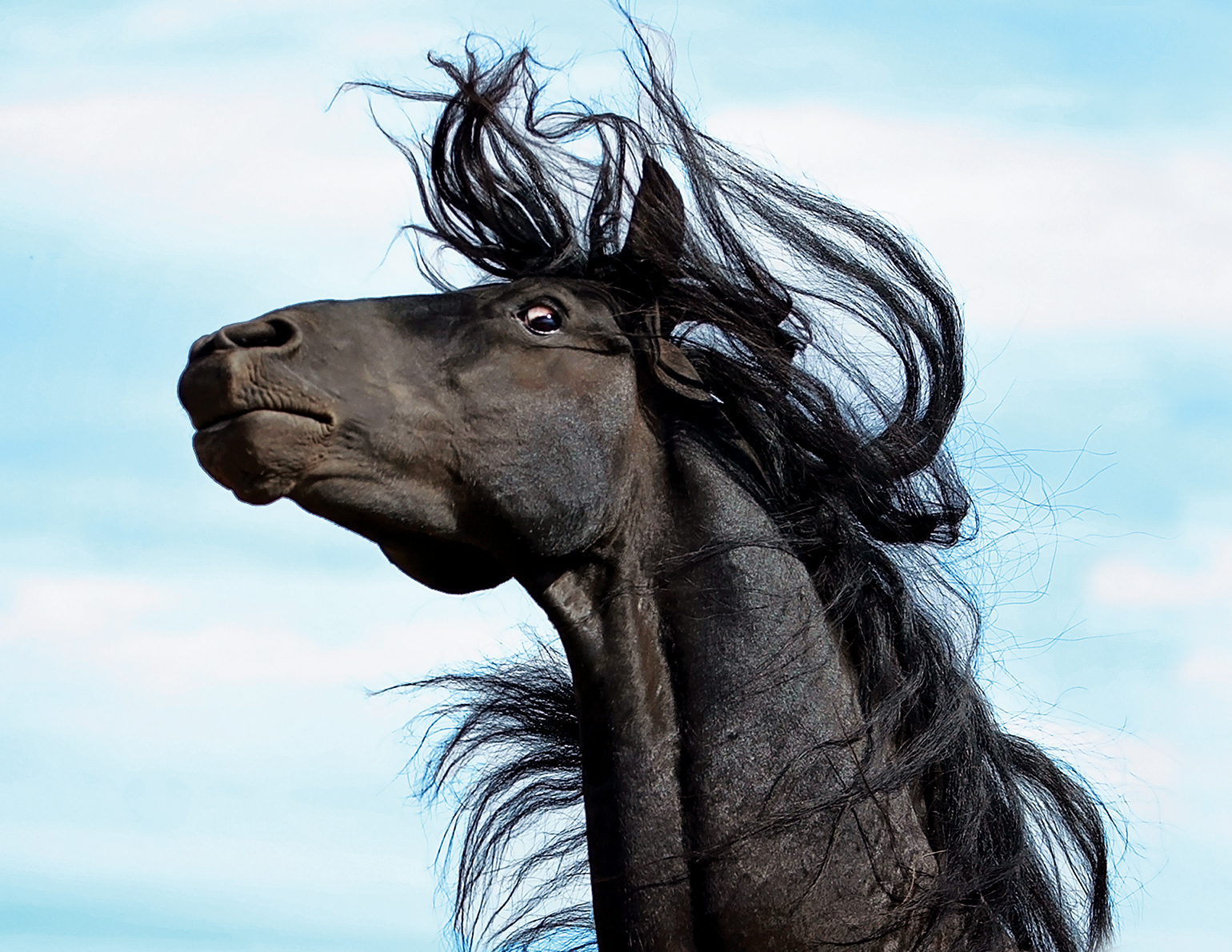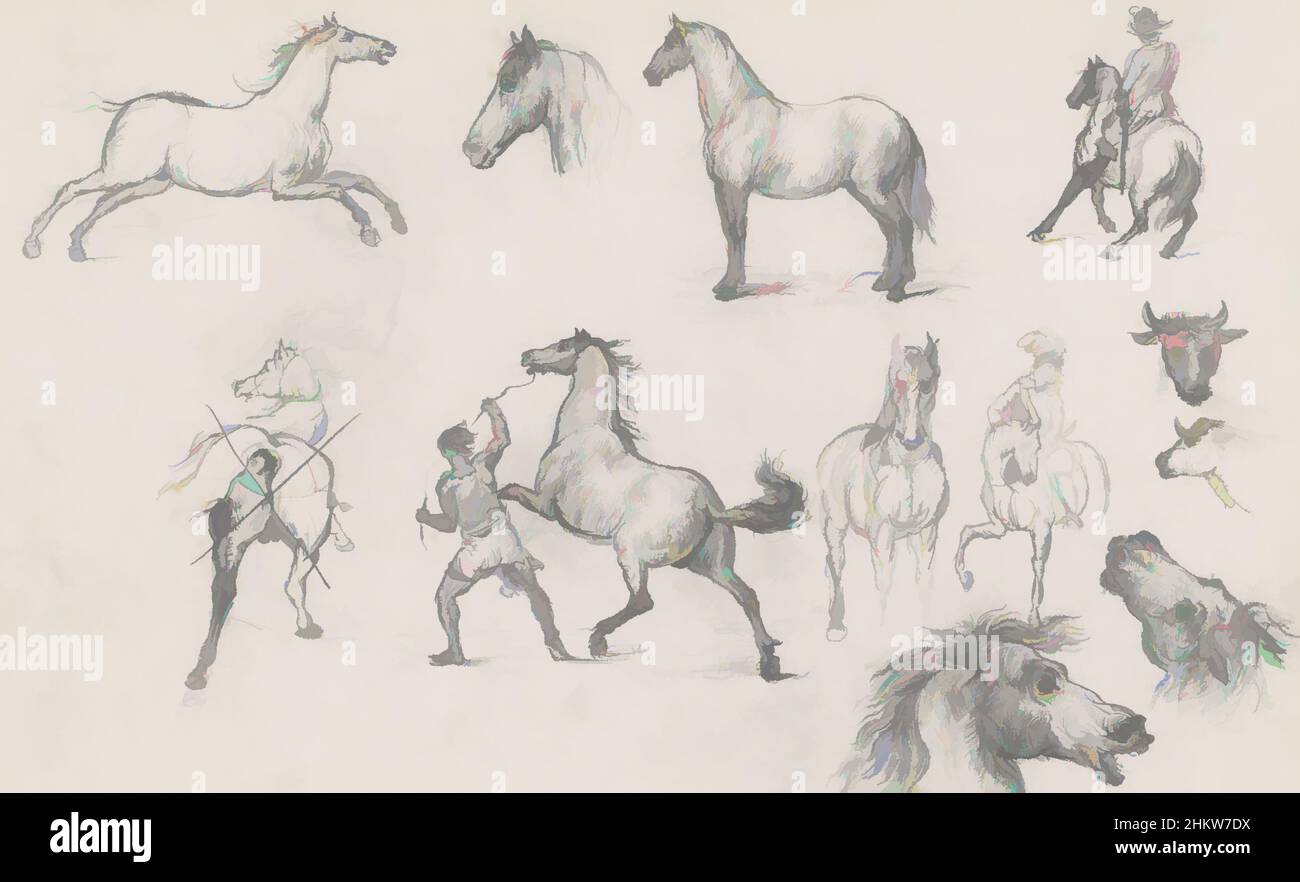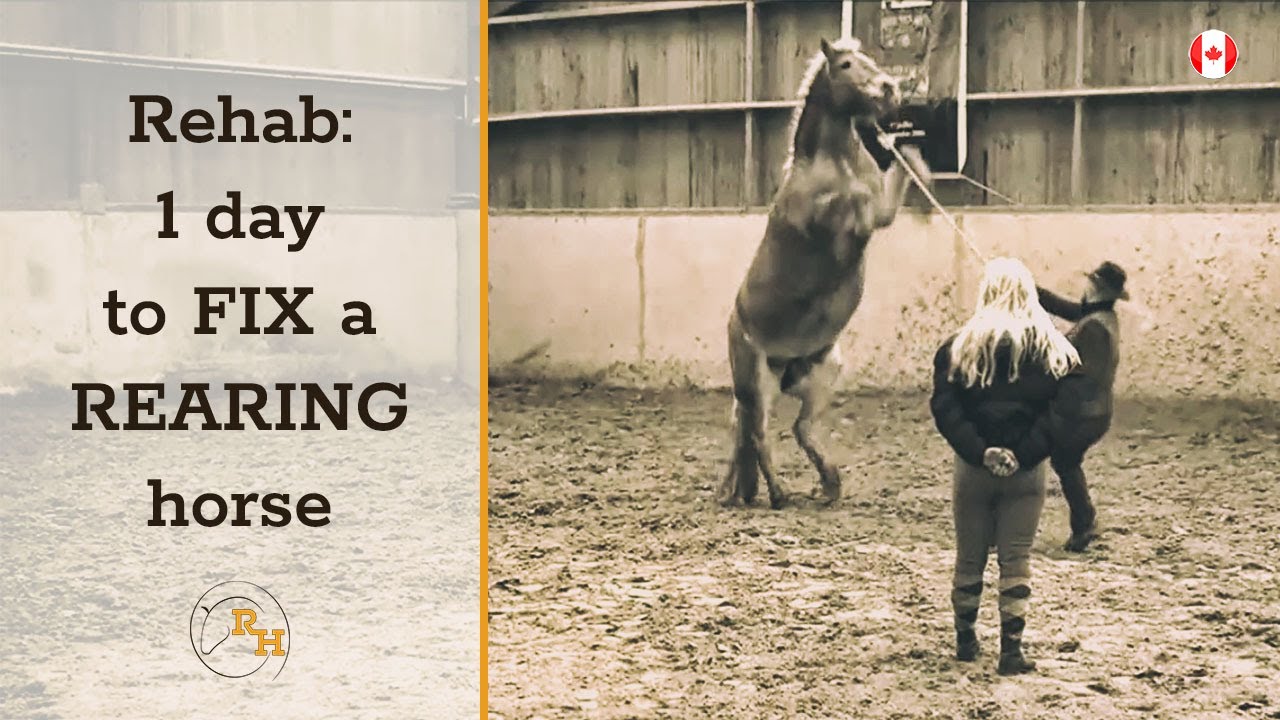Correcting Dangerous Rearing Behavior in Your Horse

Rearing is a potentially dangerous behavior in horses that can pose risks to both the animal and the handler. Understanding why horses rear and how to address this behavior effectively is crucial for safety and successful training.
What is Rearing?

Rearing occurs when a horse lifts its front legs off the ground, standing on its hind legs. This behavior can be a response to fear, pain, confusion, or an attempt to assert dominance.
Common Causes of Rearing
| Cause | Description |
|---|---|
| Fear or Anxiety | Horses may rear when they feel threatened or scared. |
| Pain or Discomfort | Physical pain, such as back or hoof issues, can trigger rearing. |
| Lack of Training | Insufficient groundwork or inconsistent commands can lead to confusion and rearing. |
| Dominance Behavior | Some horses rear to challenge the handler or other horses. |
Signs Your Horse May Rear
- Stiffening of the body
- Pinning ears back
- Tail swishing
- Refusal to move forward
Steps to Correct Rearing Behavior
- Assess Health: Rule out any medical issues by consulting a veterinarian.
- Improve Groundwork: Establish clear communication through consistent groundwork exercises.
- Use Positive Reinforcement: Reward calm behavior to encourage compliance.
- Avoid Punishment: Harsh corrections can increase fear and worsen rearing.
- Seek Professional Help: Work with an experienced trainer if the behavior persists.
Training Techniques to Prevent Rearing
- Desensitization: Gradually expose your horse to triggers in a controlled environment.
- Redirect Energy: Teach alternative behaviors like backing up or moving sideways.
- Consistent Routine: Maintain a regular training schedule to build trust and confidence.
Frequently Asked Questions (FAQ)
Q1: Is rearing always a sign of aggression?
A1: Not necessarily. Rearing can stem from fear, pain, or confusion, not just aggression.
Q2: Can rearing be completely eliminated?
A2: With proper training and management, most horses can learn to stop rearing.
Q3: What should I do if my horse rears during riding?
A3: Stay calm, avoid pulling on the reins, and try to regain control by asking the horse to move forward or turn.
Summary Table: Do’s and Don’ts for Handling Rearing
| Do’s | Don’ts |
|---|---|
| Stay calm and confident | Punish the horse harshly |
| Check for pain or discomfort | Ignore the behavior |
| Use clear, consistent cues | React with fear or anger |
| Seek professional guidance | Allow the behavior to continue |
Correcting dangerous rearing behavior requires patience, understanding, and consistent training. By addressing the root causes and applying effective techniques, you can ensure a safer and more enjoyable experience with your horse.
